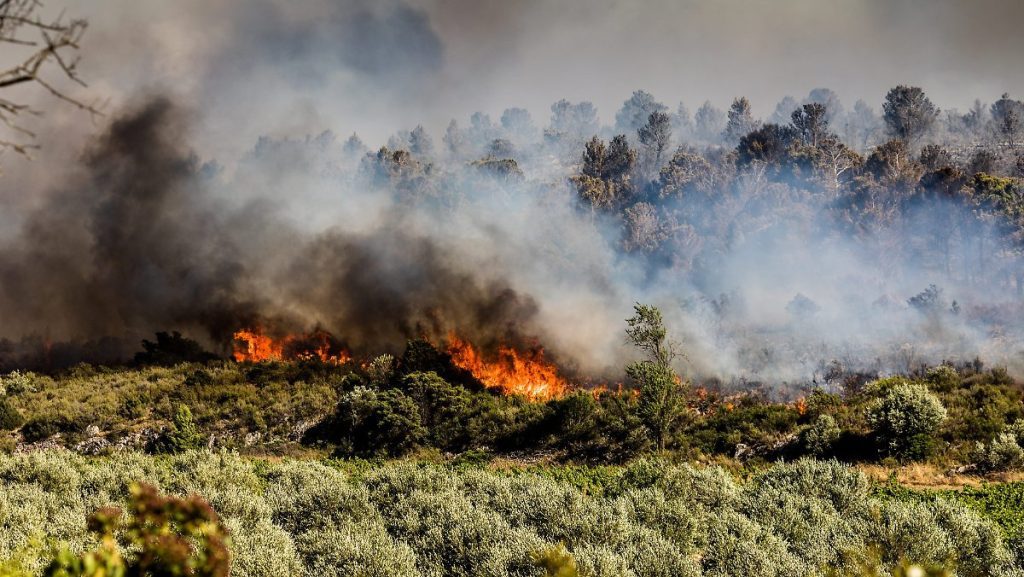clearly visible increase
The fire season is increasing due to climate change
3/7/2022 4:39 PM
Whether in Australia, Siberia or California, there are more and more devastating major fires. With climate change, the risk of such fires increases – researchers have calculated how strong the impact really is.
The danger of forest and bush fires is increasing in many regions of the world as a result of climate change. A team of researchers reports that the weather conditions that promote the outbreak and spread of fires are becoming more frequent Specialized journal “Geophysics Reviews”. According to analyzes and models, between 1979 and 2019, the period with corresponding weather conditions around the world has already been extended by an average of 14 days.
“Ultimately, as the world continues to warm, we will (…) have to combat the increasing risk of fires,” said Matthew Jones of the Tyndale Center for Climate Change Research in Norwich, UK. “Redoubling efforts to reduce greenhouse gas emissions and limit warming to less than 2°C is the most effective thing we can do to avoid the worst risks of wildfires on a global scale.”
In their review, the scientists evaluated the results of 500 studies and reanalyzed datasets from satellite measurements and from climate models. Among other things, they came to the conclusion that between 1979 and 2019, the number of days when weather conditions were very favorable for fire increased by an average of ten days worldwide.
Significantly increased risk
The increase is most pronounced in western North America, the Amazon and the Mediterranean. The authors write that many of the major bushfires in recent years have occurred under weather conditions that climate change has made dramatically more likely, citing the Australian bushfires in 2019/2020 as an example.
In many regions of the world, as the risk of fire increased, more area was burned, but globally it was less: between 2001 and 2019, the area burned decreased by a quarter, or 1.1 million square kilometres. This is due to the fact that other influencing factors at the regional level have overshadowed the effects of climate change, such as the conversion of forests into agricultural areas or the increased fragmentation of natural areas.
Most of the decline – 590 thousand square kilometers – occurs in the savannas of Africa. Jones explained that the global trend primarily reflects a decline in wildfires in the savannah. In other words, the global trend is masking a significant increase in wildfires, which are of course much more dangerous to society.
The main reason for the decline in savanna numbers is the shift to farmland, which reduces the risk of fires. In addition, plant productivity declines as rainy seasons become drier, which means less fuel is available.
“Despite the fact that weather conditions favorable to bushfires have already increased and will continue to increase in almost all regions of the world, human factors still play a role or take precedence over climatic factors in many regions,” said Christina Santin, from Britain’s Swansea region. University.
The researchers wrote that the impact of climate change on fire risk will increase in the future, with each degree of warming increasing the risk.

“Total coffee aficionado. Travel buff. Music ninja. Bacon nerd. Beeraholic.”







More Stories
Researchers detect extremely high-energy gamma rays
Anxiety disorders in old age increase the risk of dementia
Researchers are particularly fascinated by these exoplanets.